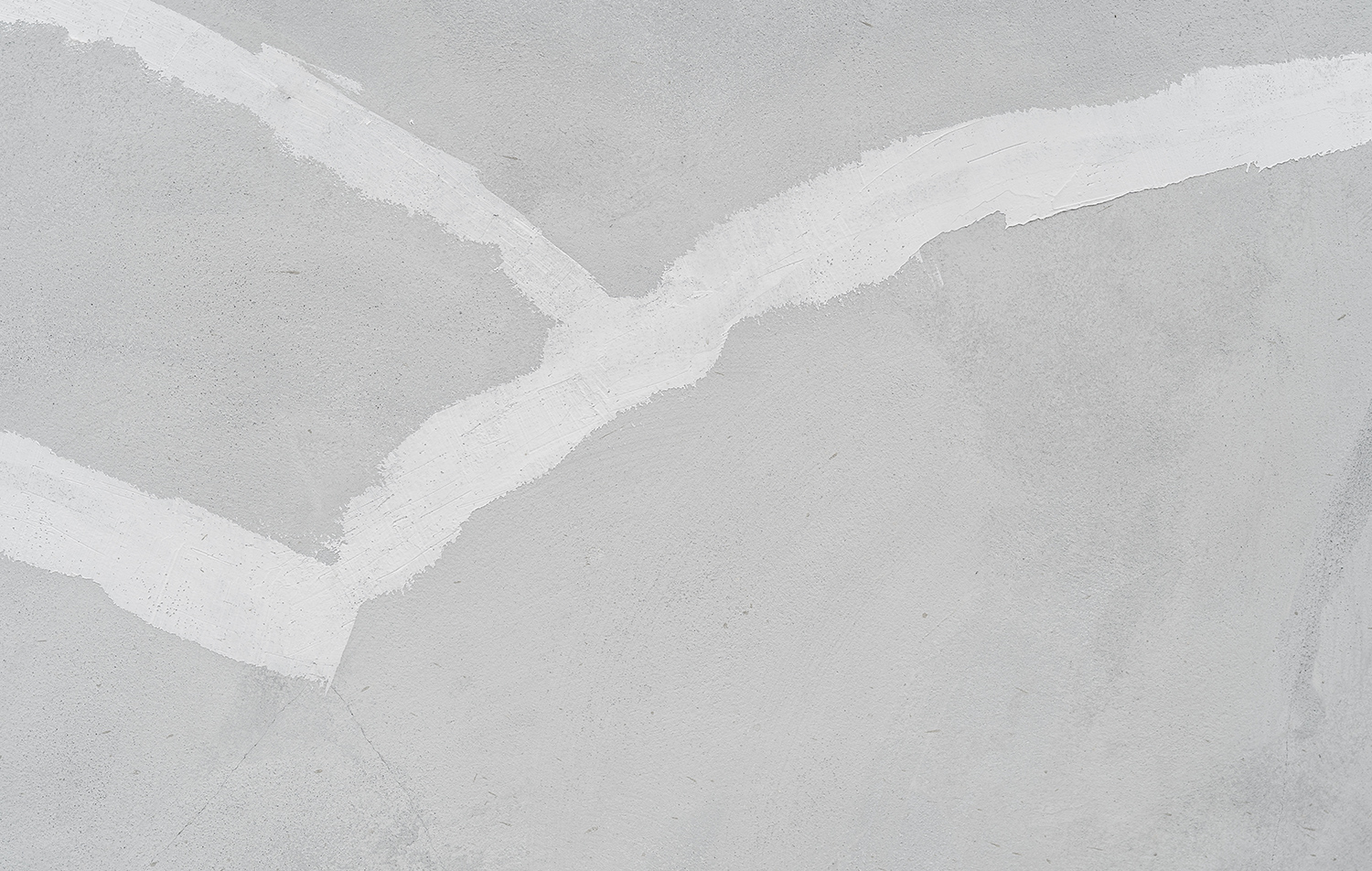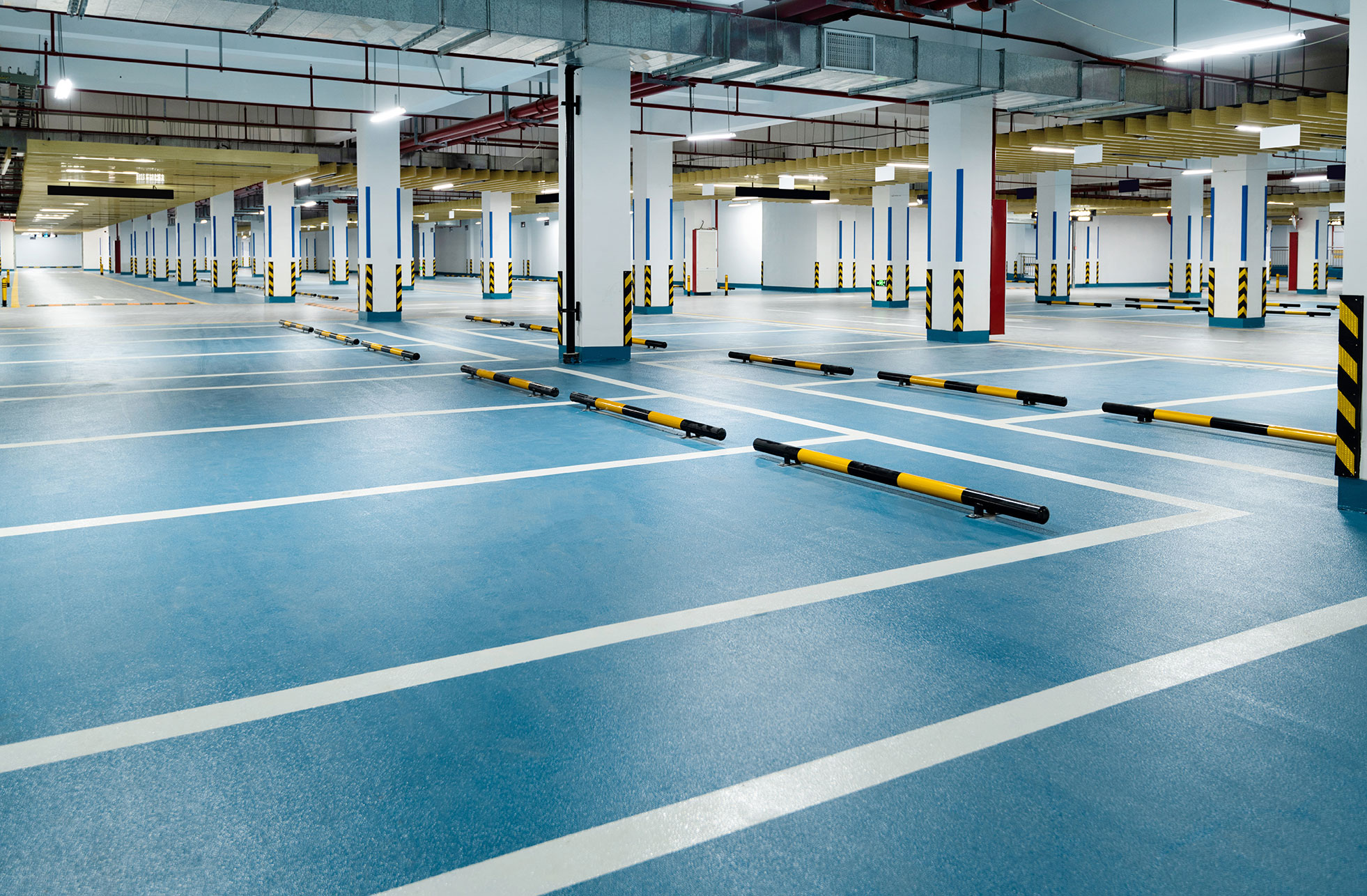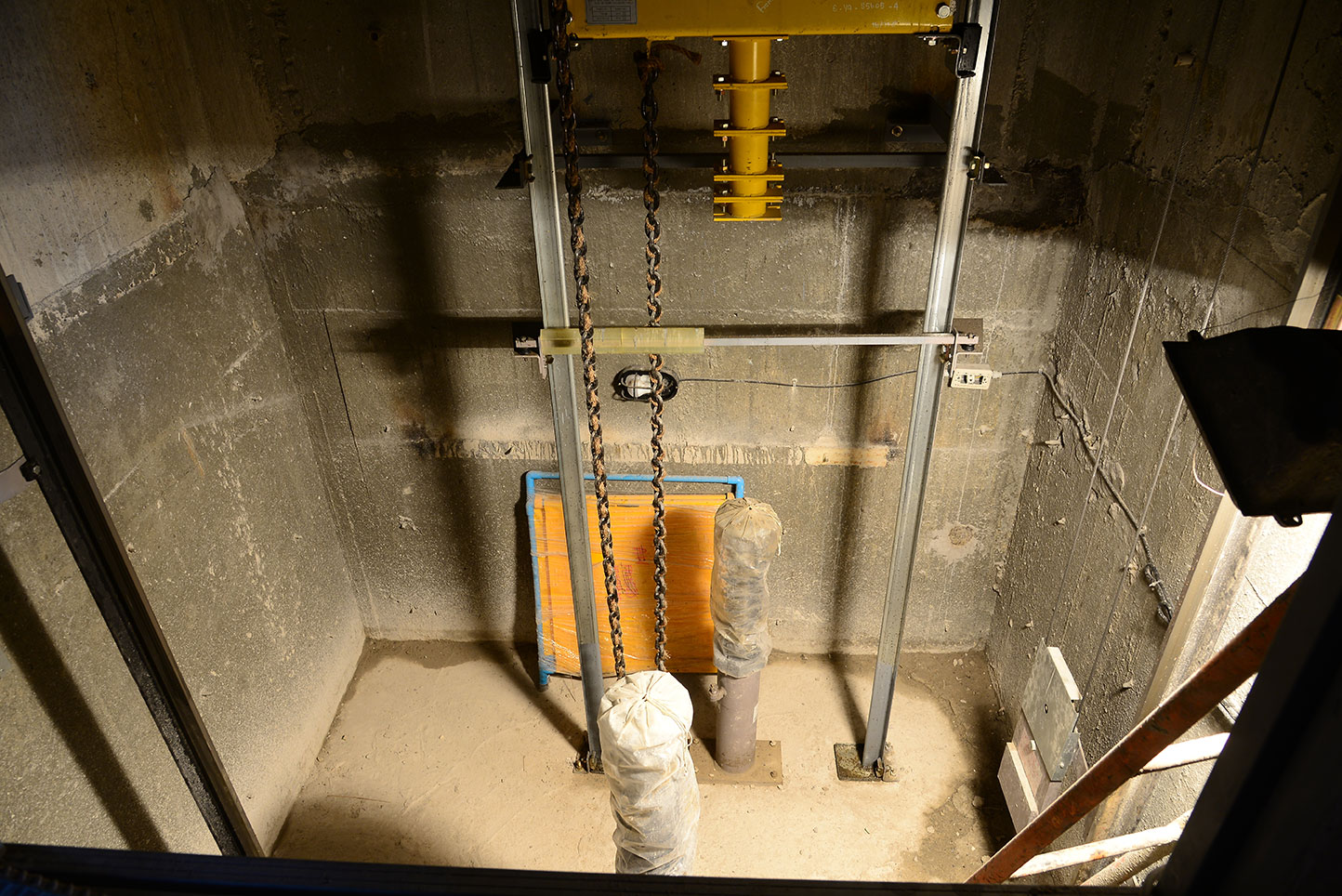
Preventing and Sealing Cracks in Exterior Walls: Best Practices
ARDEX ENDURA
03 Jul 2025
04 Min
Maintaining the structural integrity and appearance of exterior walls is essential for protecting a building from damage and weather-related issues. Not taking care of the external walls can result in the formation of cracks, which tend to widen over time and weaken the building's structure.
In this blog, we will offer practical wall crack solutions for preventing cracks from arising and how to seal existing cracks to ensure a sturdy building.
Why Cracks in Exterior Walls Matter?
- Structural Risk: Cracks pose a considerable risk to the structural integrity of your building. It can lead to leaks, foundation problems and, in worst cases, collapse.
- Aesthetic Concerns: Visible cracks affect the physical appearance of your building, affecting the aesthetics and making it look old and worn down.
- Water Infiltration and Damage: Cracks in buildings can allow water to infiltrate the insides of the building foundation, causing damage and weakening.
Common Causes of Cracks in Exterior Walls
- Thermal Expansion and Contraction: Temperature fluctuations cause materials to expand and contract, leading to cracks.
- Settlement and Differential Movement: Uneven settlement of foundations or varying soil conditions can cause stress and cracking.
- Moisture Ingress and Freeze-Thaw Cycles: Water penetration into wall materials expands upon freezing, creating cracks.
- Structural Overloading: Excessive loads or vibrations beyond design capacity can induce cracking.
- Poor Workmanship and Material Defects: Improper construction techniques, low-quality materials, or inadequate curing can result in cracks.
- Corrosion of Reinforcement: Rusting of embedded steel causes expansive forces, leading to cracking in concrete or masonry walls.
- Shrinkage Cracks: Occur as materials like concrete or plaster dry and shrink.
How to Prevent Cracks in Exterior Walls?
- Ensure proper design: Incorporate expansion joints and control joints to accommodate movement from temperature changes or settling.
Use High-Quality Materials
- Durable Construction Materials: Select durable, low-shrinkage materials with proper mix design and reinforcement placement to reduce shrinkage and thermal cracking.
Ensure Proper Construction Techniques
- Skilled Labour: Having skilled professionals oversee your construction process can help you avoid inferior-quality materials and thereby prevent the appearance of cracks.
- Adequate Curing Time: Allow sufficient resting time for the concrete and other materials at the time of construction to prevent early cracks from appearing.
Regular Maintenance and Inspection
- Routine Inspections: Conducting regular inspections of your building's exterior walls can help you identify possible threats that could worsen the condition of your structure.
- Preventive measure: Apply crack sealants and waterproof coatings to protect the walls from getting exposed to moisture and environmental damage.
Manage Drainage Water
- Gutters and Downspouts: Create a good network of gutters and drainage systems to divert the way of the water away from the building.
- Slope Grading: Another wall crack solution is to make sure you make ground slopes away from the building so that even if water accumulates, it happens at a distance from your building.
Control Moisture Exposure
- Use water-repellent coatings, proper drainage systems, and damp-proof courses to minimize moisture ingress and freeze-thaw damage.
Address Foundation Issues
- Attend any foundation settling or cracking immediately to prevent the damage from spreading throughout the exterior walls.
Best Practices for Sealing Cracks in Exterior Walls
Assess the Severity of the Crack
- Hairline vs Structural: Identify the nature and severity of the crack.
- Professional Assessment: This can help you provide an efficient option for sealant for cracks.
Clean the Area Thoroughly
- Remove Debris and Loose Material: Empty the cracks to remove any debris or material remaining and ensure proper crack sealing.
- Dry the Area: Dry up the crack area before pouring in or sticking the sealant for cracks for optimal results.
Choose the Right Sealant
- Types of Cracks Sealing: Choose the right sealant for cracks based on wall material and crack size.
- Weather Resistance: Opt for a wall crack solution that can withstand the adverse effects of the weather, especially in areas with extreme temperatures or heavy rainfall.
Apply the Sealant Correctly
- Apply the sealant for the crack correctly for a neat finish that blends with the surrounding wall.
Allow Adequate Rest Time
- Provide ample time for crack sealing to settle down for long-lasting protection.
Common Mistakes to Avoid When Sealing Cracks
Ignoring minor cracks and using the wrong crack sealing can interfere with the structural integrity of your building. Not proving the wall crack solution with ample resting time can also lead to half-hearted results.
Expert Tips for Long-Lasting Wall Crack Solutions
- Always invest in high-quality materials and crack sealing.
- Consult professionals and conduct regular inspections.
Conclusion
Preventing and sealing cracks in exterior walls is essential for maintaining a building's structural integrity and appearance. Ardex Endura offers high-performance solutions designed to effectively seal cracks and provide long-lasting protection.




